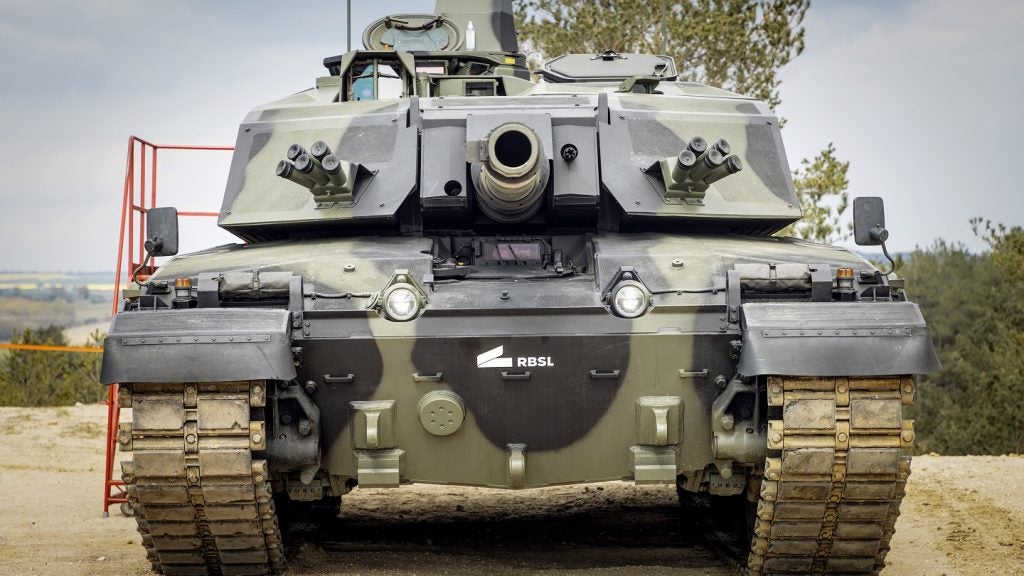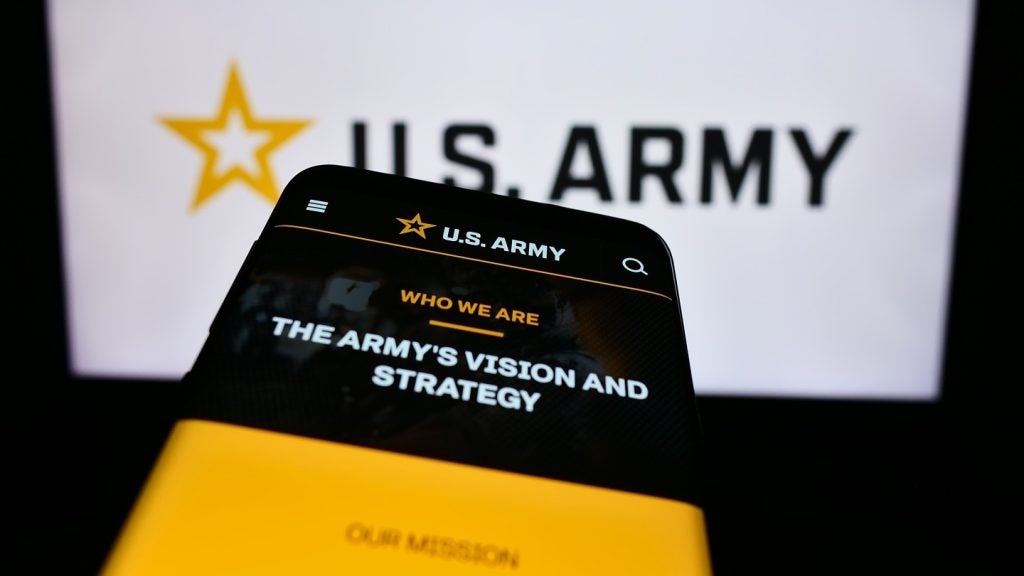
The US Army’s 82nd Airborne Division troops are set to test Integrated Visual Augmentation System (IVAS) next month at Fort Pickett, Virginia, US.
The artificial intelligence (AI) powered goggles will enable soldiers to practise combat missions.
Known as Soldier Touchpoint 2, the upcoming test will provide feedback to help PEO Soldier in bringing additional improvements to the IVAS heads-up display.
The army will start fielding 200,000 of the virtual-reality headsets in 2021.
The goggles are designed to provide simulated images superimposed over the actual terrain.
According to Program Executive Office Soldier officials, the goggles and miniature computer equipment will allow soldiers to negotiate obstacle courses and run land navigation.
How well do you really know your competitors?
Access the most comprehensive Company Profiles on the market, powered by GlobalData. Save hours of research. Gain competitive edge.

Thank you!
Your download email will arrive shortly
Not ready to buy yet? Download a free sample
We are confident about the unique quality of our Company Profiles. However, we want you to make the most beneficial decision for your business, so we offer a free sample that you can download by submitting the below form
By GlobalDataThe IVAS will support the army’s modernisation efforts and help improve soldier lethality.
US Army AI Task Force director brigadier general Matthew Easley stated that the headsets are a reflection of the role played by AI in boosting soldier lethality.
Speaking about the IVAS goggles during the AUSA Annual Meeting and Expo, Easley said that each pair has ‘significant amounts of high-tech sensors on board and processors’.
Each headset features built-in integrated AI chips, according to Easley.
He added: “Those chips are doing visual recognition. They’re tracking a soldier’s eye movements, they’re tracking a soldier’s hand as it interfaces with the system, and they’re tracking a soldier’s voice.”
He also emphasised on the significance of AI in the army’s modernisation programmes ranging from Future Vertical Lift to Long-Range Precision Fires to the Next Generation Combat Vehicle.






